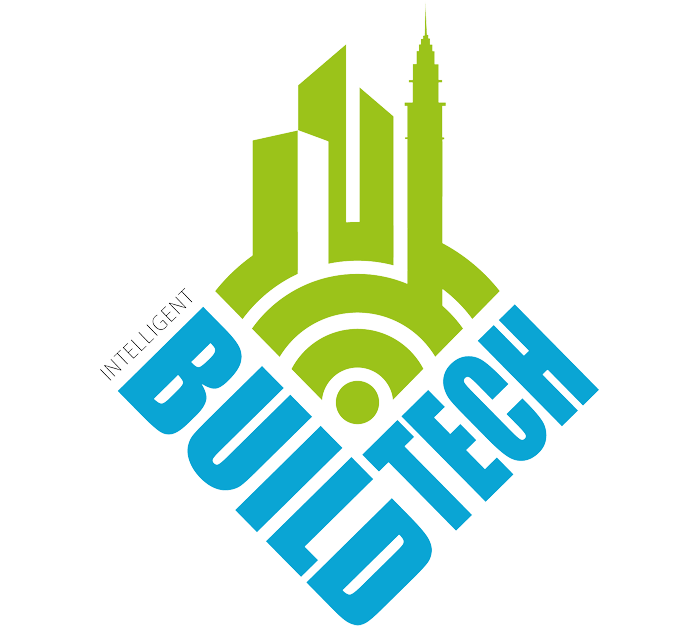We asked three experts in engineering and AEC sectors: What does the future of women in engineering and construction look like? Their insights highlight progress, persistent challenges and key strategies for fostering inclusivity. From mentorship to policy shifts, their perspectives reveal how the industry is evolving to support women’s success.

Alex Meyers, Project Manager at Benesch
The engineering industry, in my case the railroad and civil engineering sectors, has long been male dominated. However, the presence of women in these fields is steadily growing, reshaping the landscape with diverse perspectives, leadership and technical expertise. As a Project Manager in the railroad industry, my journey in engineering has been shaped by both challenges and opportunities, reinforcing my belief that the future of women in engineering is both promising and evolving.
Breaking barriers in a traditional industry
My career began in track maintenance and construction management, where I was often one of the only women in the field. Early on, I encountered the well-known challenges of being a minority in a technical and labour-intensive industry, navigating biases, proving credibility and finding mentorship. However, these experiences also fuelled my determination to advocate for greater representation of women in STEM.
The railroad industry, known for its rigorous demands and operational complexities, is undergoing a transformation. Digitalisation, sustainability initiatives and infrastructure investment have created new roles where innovation and problem-solving are just as critical as field experience. This shift is opening doors for more women to enter leadership positions and influence industry practices.
Opportunities for growth and inclusion
While challenges persist, progress is being made through mentorship programmes, diversity initiatives and policy changes that support women in engineering.
Organisations are recognising the value of diverse leadership, and firms that prioritise inclusivity are seeing improvements in project outcomes and workplace culture. STEM outreach efforts are also encouraging young women to pursue engineering careers, ensuring the pipeline of talent remains strong.
From my perspective, the key to a more equitable industry lies in intentional support networks, whether through mentorship, leadership training or workplace policies that promote flexibility and professional growth. Companies that invest in these areas will not only attract top talent but will also foster environments where women engineers can thrive.
Looking ahead: The role of women in engineering’s future
Women in engineering are no longer an anomaly—they are leaders, innovators and changemakers. As we move forward, the construction and engineering industries must continue to break down systemic barriers and create sustainable pathways for success. By embracing collaboration, inclusion and technological advancements, we can ensure that women play a central role in shaping the future of engineering and AEC sectors.
Tracie Crites, Chief Marketing Officer at Heavy Equipment Appraisal
Women in engineering and AEC will continue to experience exciting growth opportunities because of their progress. Women have successfully penetrated numerous fields traditionally occupied by men during the past decade. Although remarkable progress has been made the field remains far from completion. Moving forward the key will be to sustain higher enrollment of women in engineering while guaranteeing their full professional encouragement together with equivalent opportunities for professional advancement.
Engineering and AEC leaders now actively chase diversity within their managerial ranks as an essential trend. Diverse leadership teams create superior performance results that drive better decision outputs with improved innovation through corporate awareness about their collective effectiveness. A report from McKinsey shows that organisations which promote more female executives generate better earnings than organisations with less female leaders by roughly 20%. Women represent a small minority in engineering leadership positions thus most efforts need to concentrate on both recruiting and promoting them to these roles.
Women lead the sector-wide digital transformation in the construction industry because technology plays a central role in this movement. The growing number of women in robotics and AI fields plus sustainable construction builds their capacity to establish better environmentally friendly design standards for their industry. The National Association of Women in Construction (NAWIC) demonstrated that construction organisations achieve 13% better project success rates when diverse teams work together efficiently and economically which shows that diversity creates business advantages.
The workplace remains the biggest challenge for promoting inclusivity to employees. Female employees encounter several barriers which include discrimination from unconscious bias and wage discrepancies and the need to maintain interpersonal duties together with their career development. Engineer women currently battle a double challenge when they need to prove their expertise because they encounter technical role skepticism even as they demonstrate their skills. It becomes vital for companies to focus on hiring women as they also must establish environments which empower female leaders to lead transformation.
Women in engineering and AEC will make progress in the forthcoming years because mentorship programmes and support networks are gaining importance. Several initiatives aimed at developing women’s capabilities and self-assurance emerge daily as I anticipate women will take leadership roles and no longer remain limited to teamwork participation. Our commitment to barrier elimination and diversity advancement will cause women in engineering and AEC domains to reach previously unattainable professional heights.
Amit Chadha, CEO of L&T Technology Services:

There is a paradigm shift happening in the world of engineering with Gen AI causing disruptions and giving way to new business models. At the same time, Industrial IoT has led to the rise of Industry 4.0 and more recently Industry 5.0 which will blend futuristic technologies like AI and robotics with a more human centric approach. The industry will see increased participation of women engineers and leaders in creating engineering solutions that balance technological advancements with sustainability and human-centric goals as envisioned by champions of Industry 5.0.
As engineering roles evolve and mature, it is important to make workplaces more inclusive and merit based in the overall engineering sector. Currently, women contribute less than a fifth of the workforce in a majority of organisations. That ratio will likely see an uptick in the coming years as more women engineers join the global workforce.
Among the domains where we foresee growth of women engineers, software engineering remains predominant. But women are also making a mark in other notable realms such as space engineering, MedTech and telematics. All these fields are expected to open up a plethora of opportunities over the next decade and require qualified technologists working on next generation technologies. There is also an increasing demand for engineers skilled in AI, ML, Natural Language Processing and Robotics and this will only accelerate further in the next five years or so.
It is a fact that at the senior levels of organisations, representation of women in technology is lagging, but it is also slowly changing for the better. Women engineers have the potential to significantly enhance the boardroom, blending technical expertise with collaborative and empathetic leadership. These will enable organisations to pursue the path of profitable, sustainable and inclusive growth.
In our experience, women engineers bring a lot to the table with their naturally creative approach enabling them to think out of the box while solving complex engineering problems. They also bring in an orientation towards detail, meticulousness and efficient project management capabilities, leading to better on time delivery of technology programs. Such attributes will be increasingly invaluable for organisations to make them gain an edge in a highly competitive market.
The global shortage of talented women engineers globally is an issue. Misconceptions that STEM fields particularly mathematics are ‘male domains’ have contributed to a lower rate of women pursuing STEM disciplines. Yet data consistently shows that women perform at par with their male counterparts in these fields. We expect modern workplaces to prioritise inclusivity and meritocracy in the coming years, and champion equal opportunities to tap into a broader talent pool, with programmes which can accelerate the careers of young women engineers and give them a level playing field to excel in their chose domains.
If this occurs, the technology industry of today, which is poised for tectonic shifts, will reap the benefits of more inclusive boardrooms and leadership.




